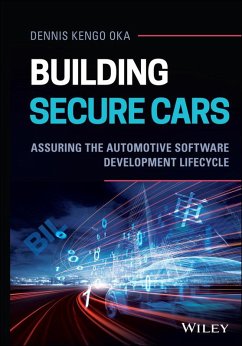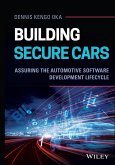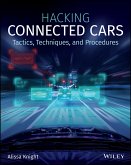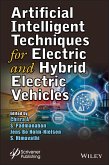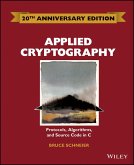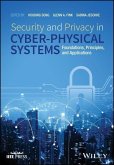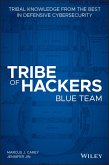BUILDING SECURE CARS
Explores how the automotive industry can address the increased risks of cyberattacks and incorporate security into the software development lifecycle
While increased connectivity and advanced software-based automotive systems provide tremendous benefits and improved user experiences, they also make the modern vehicle highly susceptible to cybersecurity attacks. In response, the automotive industry is investing heavily in establishing cybersecurity engineering processes.
Written by a seasoned automotive security expert with abundant international industry expertise, Building Secure Cars: Assuring the Automotive Software Development Lifecycle introduces readers to various types of cybersecurity activities, measures, and solutions that can be applied at each stage in the typical automotive development process.
This book aims to assist auto industry insiders build more secure cars by incorporating key security measures into their software development lifecycle. Readers will learn to better understand common problems and pitfalls in the development process that lead to security vulnerabilities. To overcome such challenges, this book details how to apply and optimize various automated solutions, which allow software development and test teams to identify and fix vulnerabilities in their products quickly and efficiently. This book balances technical solutions with automotive technologies, making implementation practical. Building Secure Cars is:One of the first books to explain how the automotive industry can address the increased risks of cyberattacks, and how to incorporate security into the software development lifecycle An optimal resource to help improve software security with relevant organizational workflows and technical solutions A complete guide that covers introductory information to more advanced and practical topics Written by an established professional working at the heart of the automotive industry Fully illustrated with tables and visuals, plus real-life problems and suggested solutions to enhance the learning experience This book is written for software development process owners, security policy owners, software developers and engineers, and cybersecurity teams in the automotive industry. All readers will be empowered to improve their organizations' security postures by understanding and applying the practical technologies and solutions inside.
Hinweis: Dieser Artikel kann nur an eine deutsche Lieferadresse ausgeliefert werden.
Explores how the automotive industry can address the increased risks of cyberattacks and incorporate security into the software development lifecycle
While increased connectivity and advanced software-based automotive systems provide tremendous benefits and improved user experiences, they also make the modern vehicle highly susceptible to cybersecurity attacks. In response, the automotive industry is investing heavily in establishing cybersecurity engineering processes.
Written by a seasoned automotive security expert with abundant international industry expertise, Building Secure Cars: Assuring the Automotive Software Development Lifecycle introduces readers to various types of cybersecurity activities, measures, and solutions that can be applied at each stage in the typical automotive development process.
This book aims to assist auto industry insiders build more secure cars by incorporating key security measures into their software development lifecycle. Readers will learn to better understand common problems and pitfalls in the development process that lead to security vulnerabilities. To overcome such challenges, this book details how to apply and optimize various automated solutions, which allow software development and test teams to identify and fix vulnerabilities in their products quickly and efficiently. This book balances technical solutions with automotive technologies, making implementation practical. Building Secure Cars is:
Dieser Download kann aus rechtlichen Gründen nur mit Rechnungsadresse in D ausgeliefert werden.
Hinweis: Dieser Artikel kann nur an eine deutsche Lieferadresse ausgeliefert werden.

